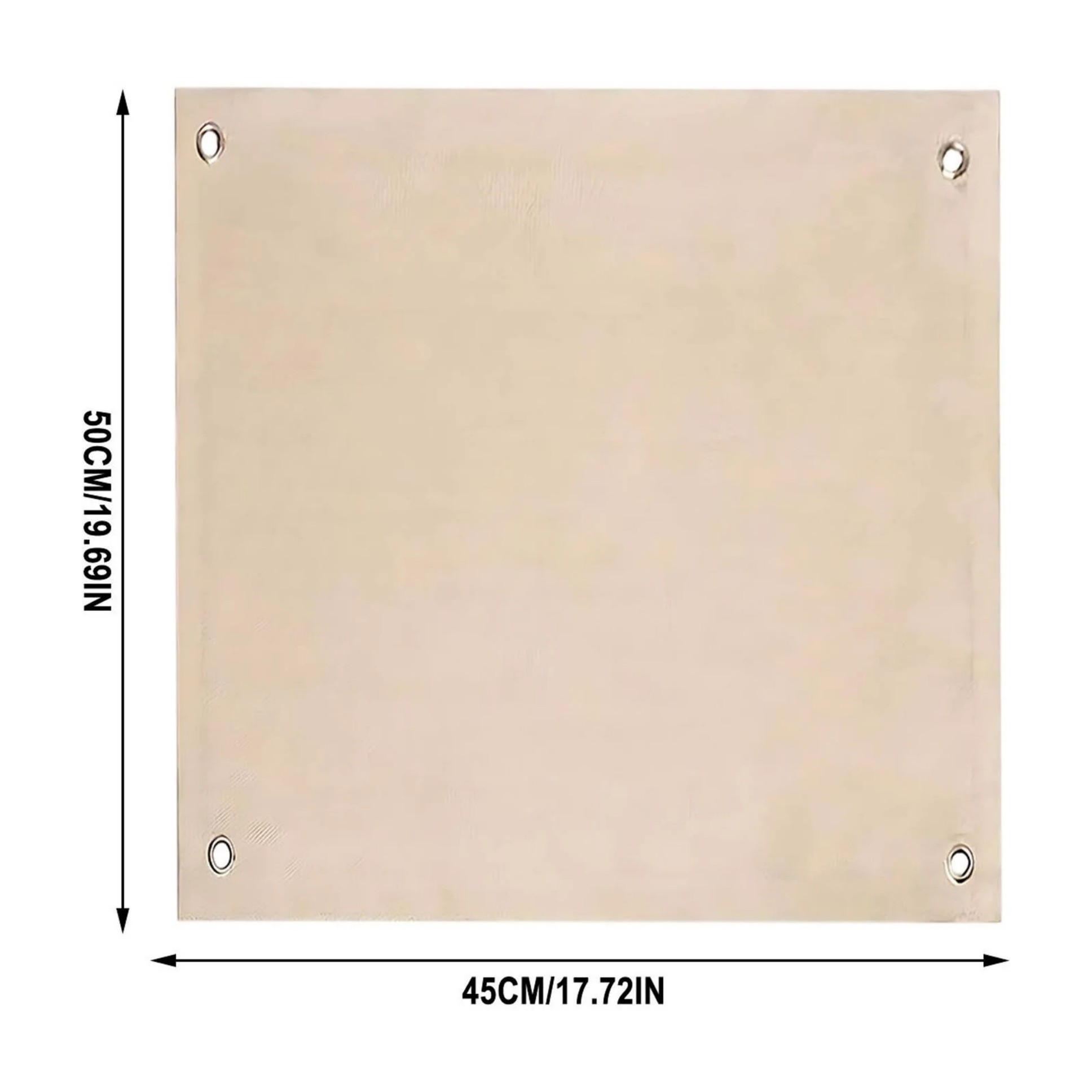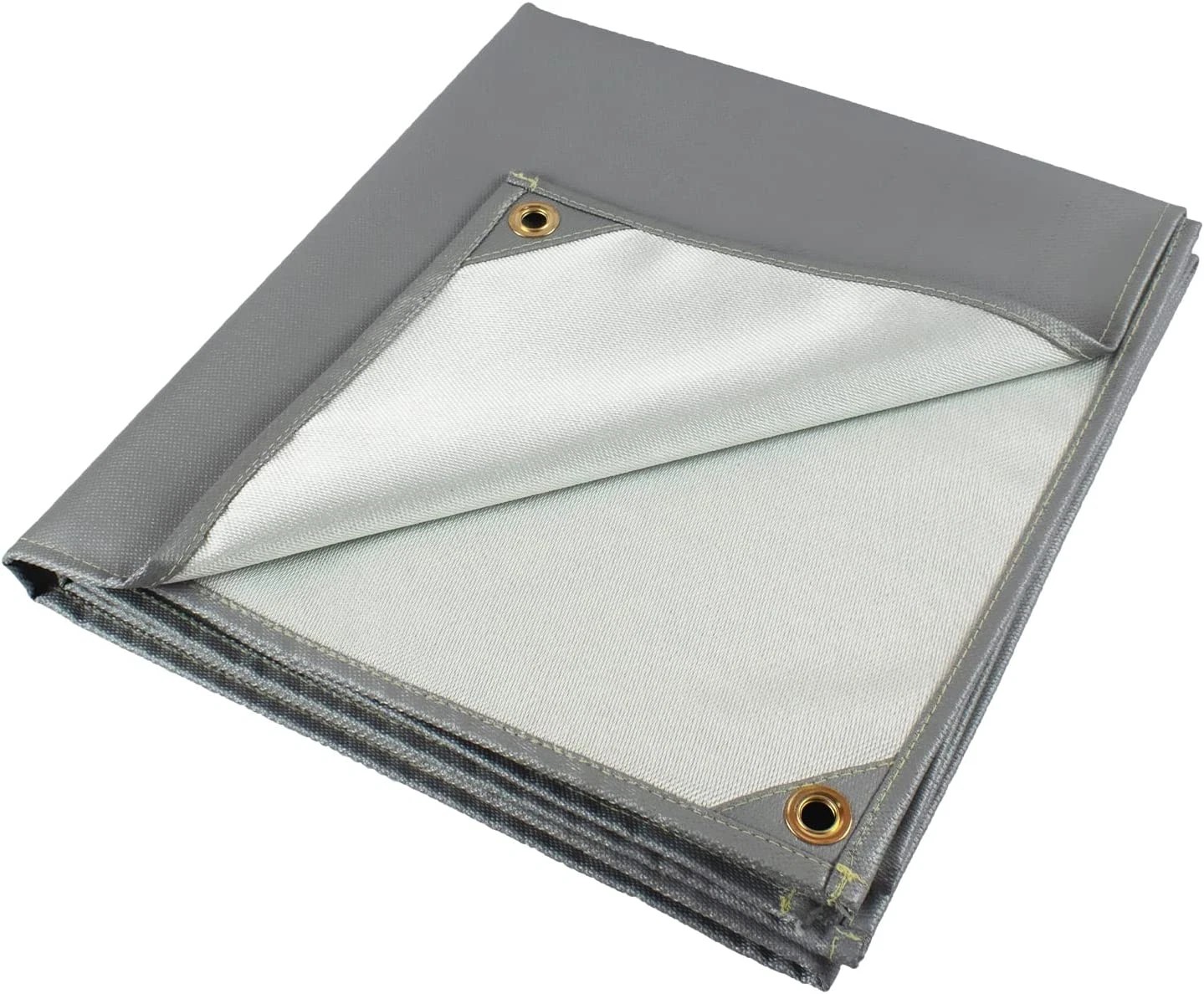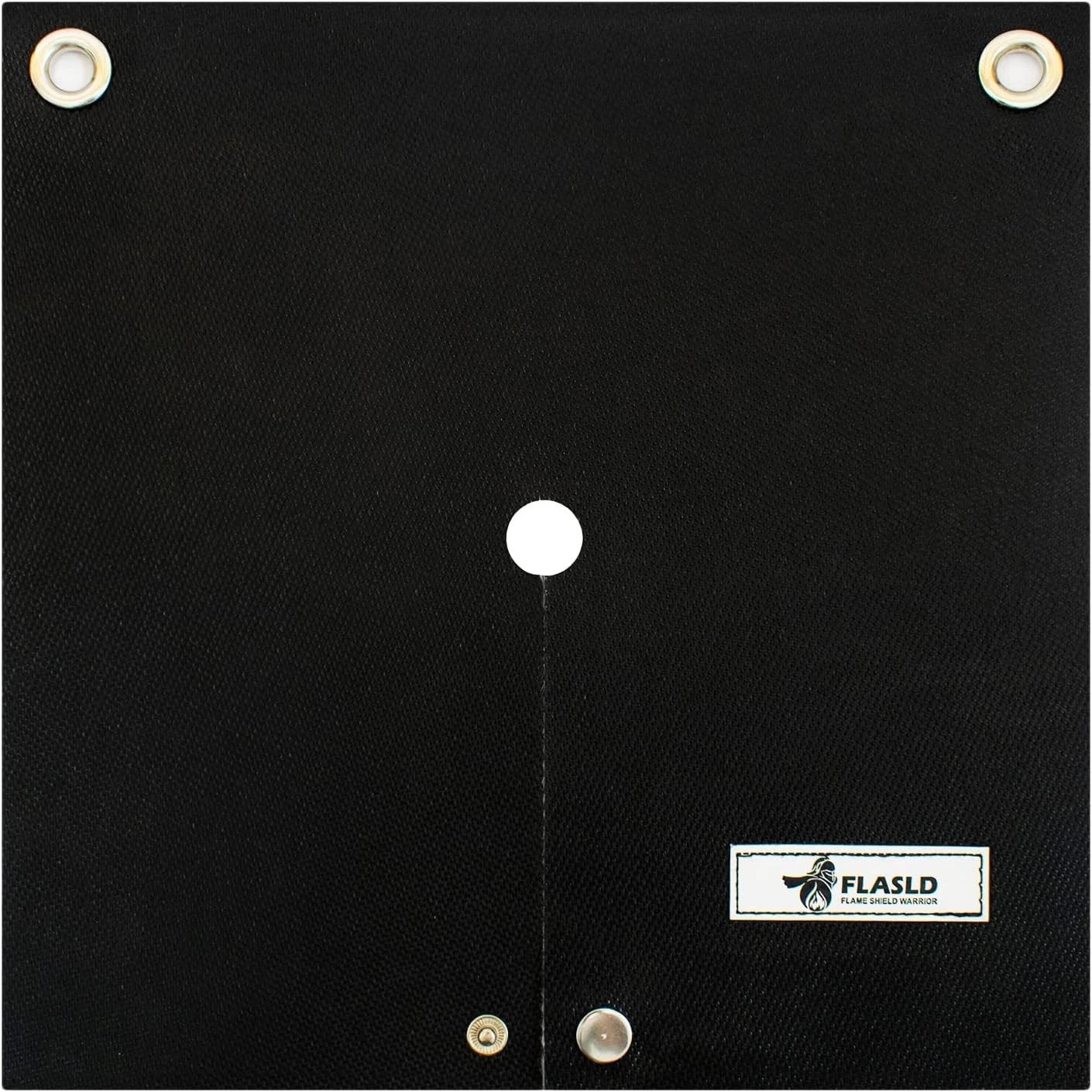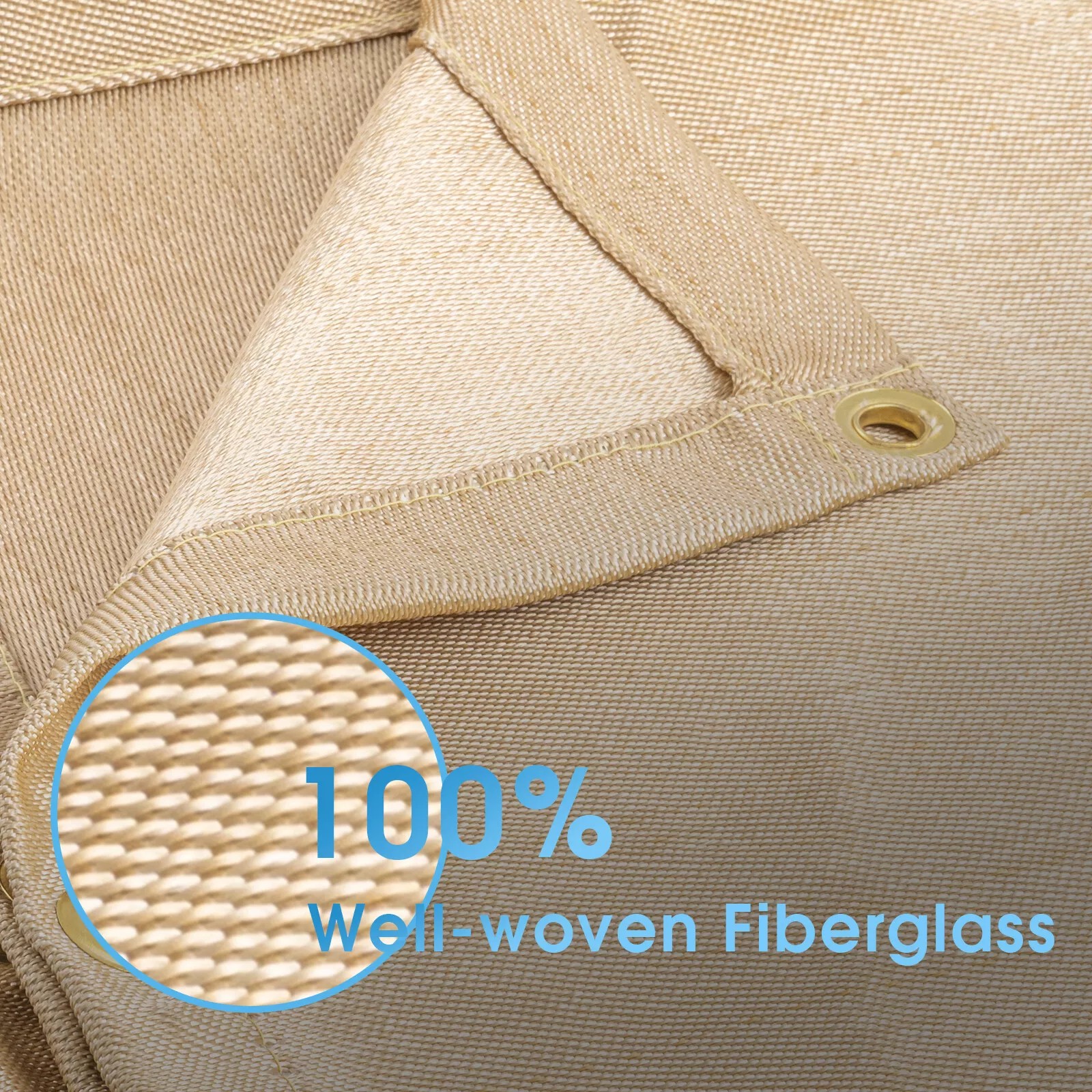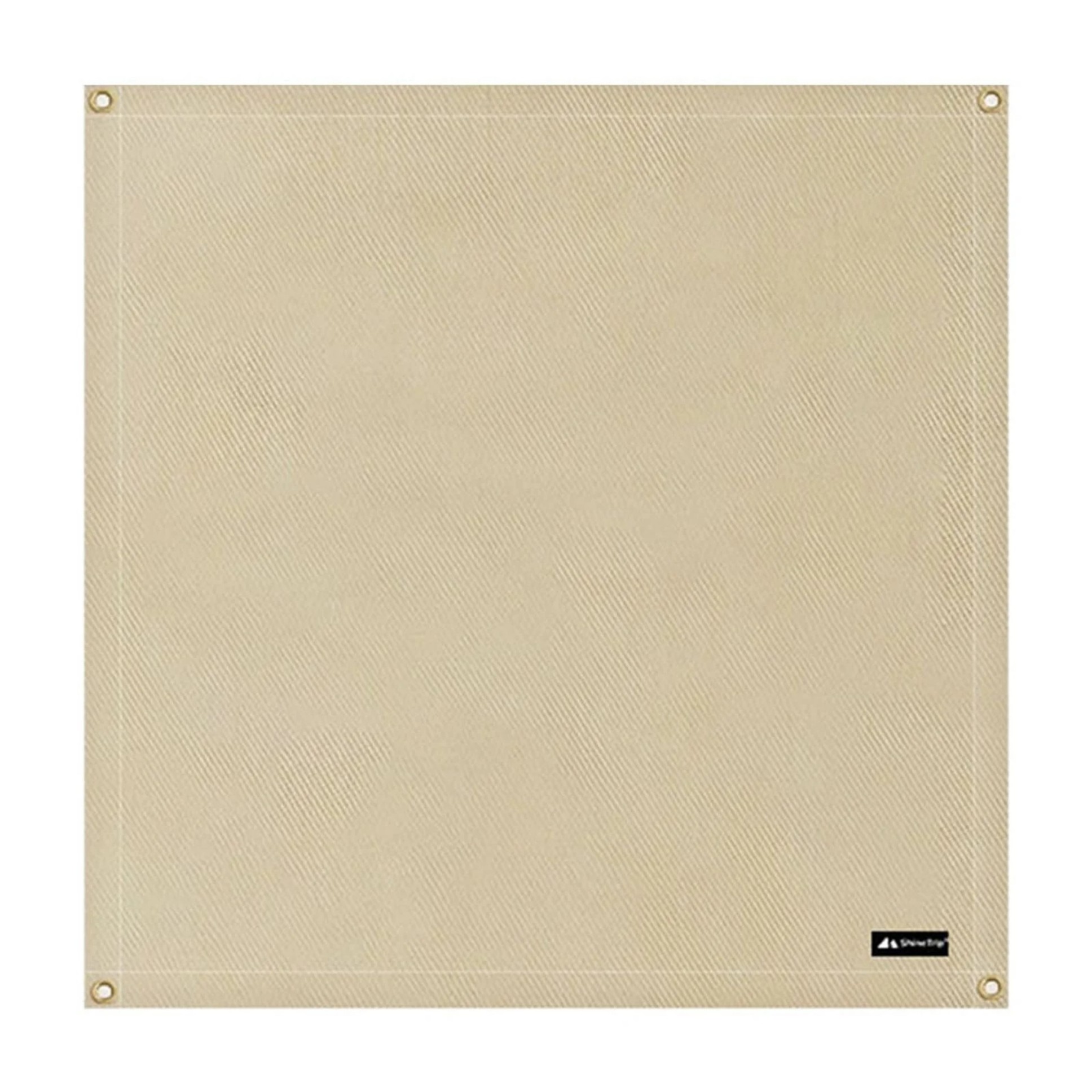Non-Fiberglass Fire Blankets: Safer Alternatives for Home & Workplace
This guide explains why non-fiberglass fire blankets are becoming popular, their advantages over traditional options, proper usage, and top material choices. You'll learn how they provide safer fire protection without harmful fibers.
Why Choose Non-Fiberglass Fire Blankets?
Traditional fire blankets often contain fiberglass, which can irritate skin and lungs. Non-fiberglass versions use materials like wool, silica, or ceramic fibers that are equally effective at smothering fires but without health risks. They're ideal for homes with children, food service areas, or sensitive environments.
Key Benefits Over Fiberglass Blankets
1. No skin irritation: Fiberglass particles can cause itching and rashes - non-fiberglass blankets eliminate this problem completely.
2. Safer for kitchen use: When dealing with grease fires, you won't risk contaminating food with loose fibers.
3. Easier cleanup: After use, you don't need to worry about lingering fiberglass particles in your space.
4. Better for asthma sufferers: The absence of airborne fibers makes them suitable for people with respiratory conditions.
How Non-Fiberglass Fire Blankets Work
Like all fire blankets, non-fiberglass versions work by cutting off oxygen supply to flames. When placed over a fire, they create an airtight seal. The special materials can withstand temperatures up to 900°F (482°C) while remaining flexible enough to wrap around objects or people.
Common Materials Used
Wool blends: Naturally fire-resistant wool treated with flame-retardant chemicals makes an effective, soft blanket.
Silica fabrics: Woven silica fibers create durable blankets that won't shed particles.
Ceramic fibers: These ultra-heat-resistant materials are common in industrial-grade blankets.
Kevlar blends: Some premium blankets combine Kevlar with other non-fiberglass materials for extra strength.
Proper Usage Instructions
1. Pull the tabs to quickly release the blanket from its container.
2. Hold the blanket by the corners with your hands protected behind it.
3. Gently place (don't throw) the blanket over the flames.
4. Leave in place until completely cooled - at least 30 minutes for best results.
5. Never reuse a blanket after fire exposure - replace it immediately.
Maintenance and Care
Store your non-fiberglass fire blanket in an easily accessible location away from potential fire sources. Check expiration dates (typically 5-7 years) and look for any damage to the packaging. Unlike fiberglass blankets, these can often be cleaned with mild soap if they get dirty, but check manufacturer instructions first.
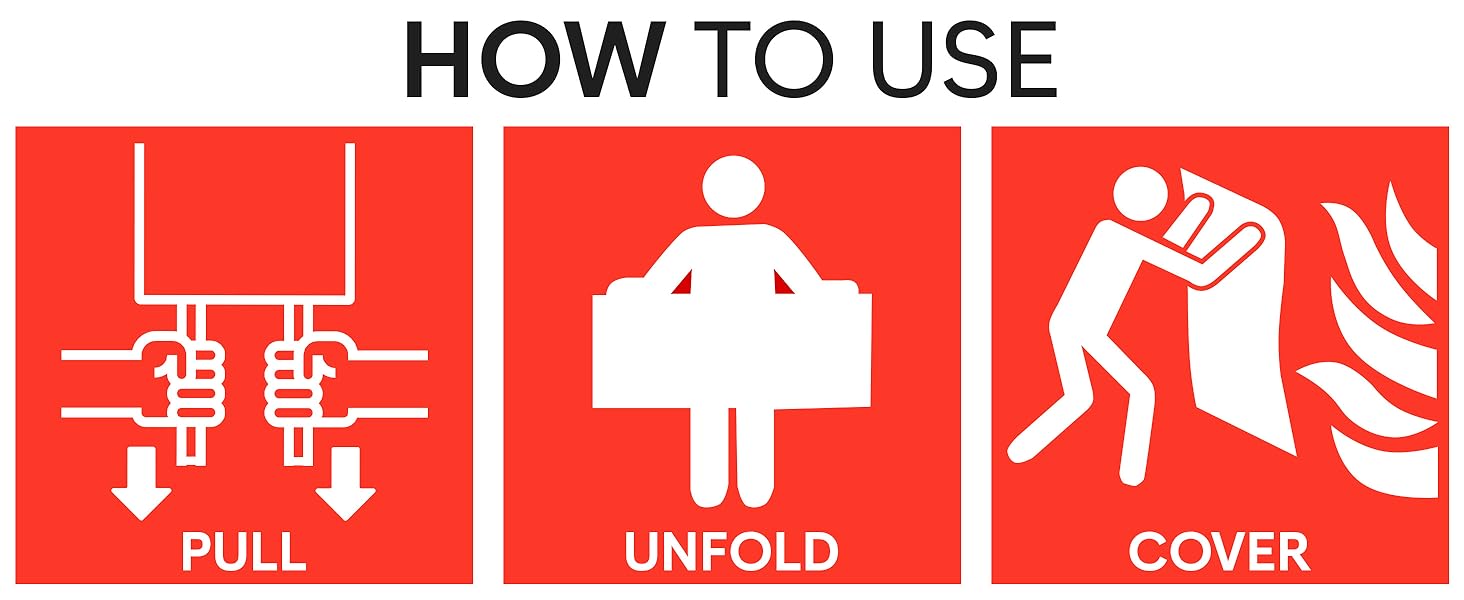
Where to Use Non-Fiberglass Fire Blankets
Home kitchens: The safest choice for grease fires where fiber contamination matters.
Schools and daycares: Protects children from fiber exposure during fire drills or emergencies.
Restaurants: Meets food safety requirements while providing fire protection.
Laboratories: Won't interfere with sensitive experiments or contaminate workspaces.
Boats/RVs: Compact and safe for confined living spaces.
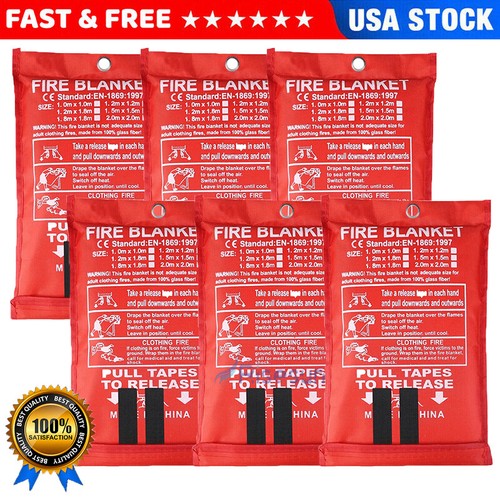
Choosing the Right Size
Standard sizes range from 3x3 feet (for small stovetop fires) to 6x6 feet (for person protection). Measure your potential risk areas - the blanket should be large enough to completely cover your largest likely fire source with extra margin.
Certifications to Look For
Ensure your non-fiberglass fire blanket meets recognized safety standards like EN 1869 (Europe) or UL 2159 (North America). These certifications guarantee proper fire resistance regardless of materials used.
Environmental Considerations
Many non-fiberglass options are more eco-friendly than traditional fiberglass blankets. Wool and silica blankets are often recyclable, while ceramic fiber blankets typically last longer, reducing waste. Always check disposal instructions specific to your blanket's materials.
Cost Comparison
While non-fiberglass fire blankets typically cost 20-30% more than fiberglass versions, the added safety and comfort justify the price difference for most users. Industrial-grade ceramic fiber blankets may cost significantly more but offer superior durability.
Final Recommendations
For most households, a medium-sized (4x4 foot) wool or silica non-fiberglass fire blanket provides the best balance of safety, usability and cost. Commercial kitchens should opt for larger silica blankets, while industrial settings may require ceramic fiber options. Always purchase from reputable safety equipment suppliers.


